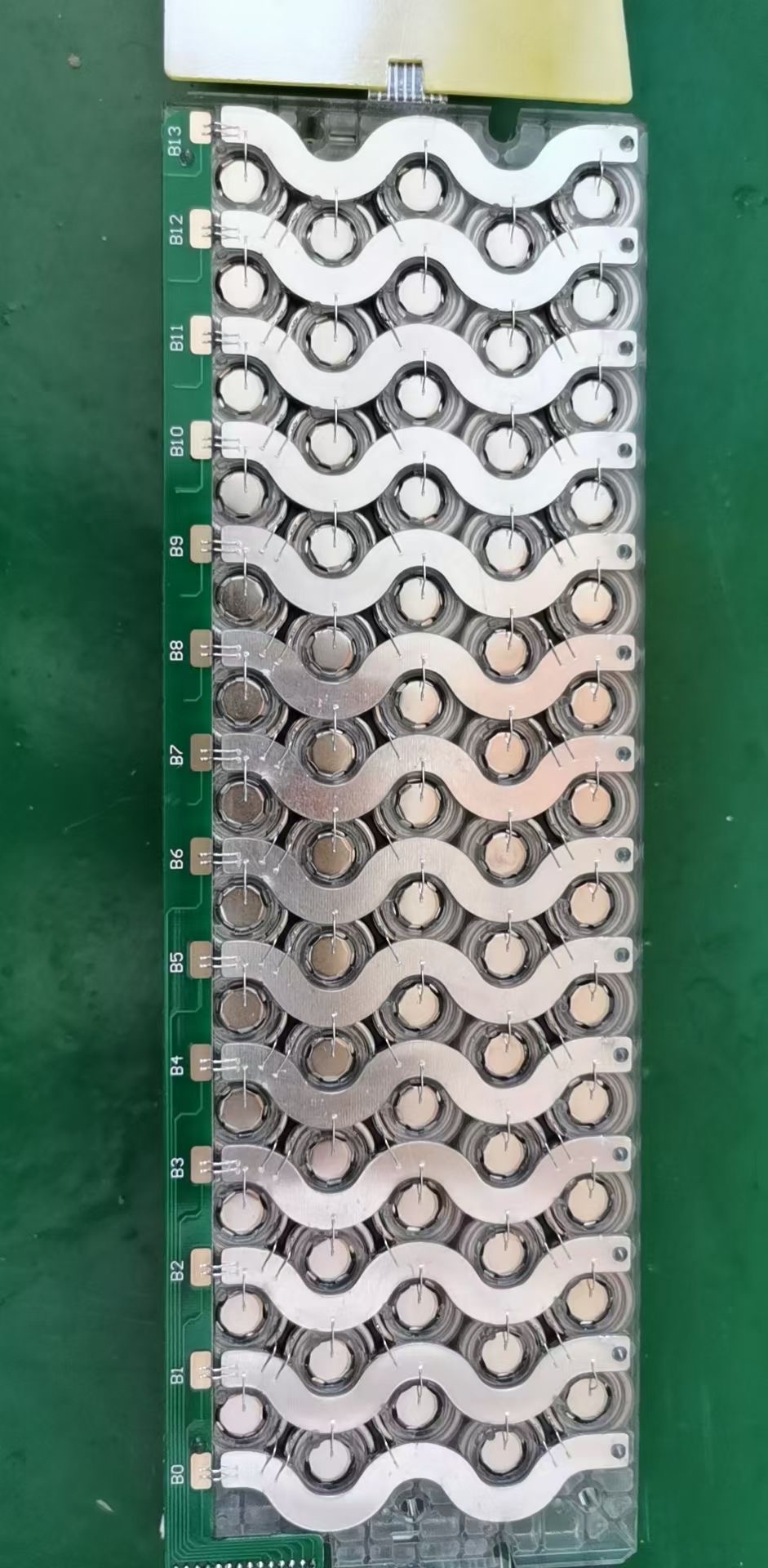- 30
- Nov
Lithium Batteries Advantage with Leaded Acid Battery
Lithium batteries represent a significant improvement over conventional Lead Acid alternatives. Technically, they are the next step – but what makes them so advantageous?
Finding the right battery for your needs requires careful research. Learn about the six core advantages lithium batteries offer to prepare you for your efforts:
Lithium is green. Lead acid batteries are prone to structural deterioration over time. If the disposal is not managed properly, toxic chemicals can enter and damage the environment. Lithium-ion batteries do not degrade, making proper disposal simpler and greener. The increased efficiency of lithium also means fewer devices are needed to meet electricity demand, minimizing product waste and further reducing its ecological footprint.

Lithium is safe. While any battery can be affected by thermal runaway and overheating, lithium batteries are manufactured with more protection to reduce fires and other unexpected situations. In addition, the development of new lithium technologies including phosphorus has further improved the safety of the technology.
Lithium is fast. Lithium batteries charge faster and more efficiently than lead-acid batteries. While most lithium battery units are capable of being fully charged in a single session, lead-acid charging is best for multiple interlaced sessions that require attention and run out of time. Lithium ions typically take less time to charge and provide more power per full charge than lead acid.
Lithium discharges rapidly. The high discharge rate of lithium allows it to provide more power in a given period of time than its lead acid counterpart, and for significantly longer periods of time. A cost comparison of lithium-ion and lead-acid batteries in automobiles found that lithium-ion batteries need not be replaced for much longer (5 years) than lead-acid batteries for the same implementation cost (2 years).
Lithium is effective. An average lead-acid battery operating at 80% DOD can achieve 500 cycles. Lithium phosphate operating at 100% DOD can achieve 5000 cycles before reaching 50% of its original capacity.
Lithium also shows greater temperature tolerance. At 77 degrees, lead-acid battery life remained steady at 100 percent — crank it up to 127 degrees, then drop it to a staggering 3 percent, gradually decreasing as the temperature increased. In the same range, lithium’s battery life is unaffected, giving it another versatility that lead acid can’t match.
The inherent advantages of lithium ion technology give it an advantage in powering most products and applications. Understand the advantages, assess your needs and make informed purchasing decisions to get the best results possible.
